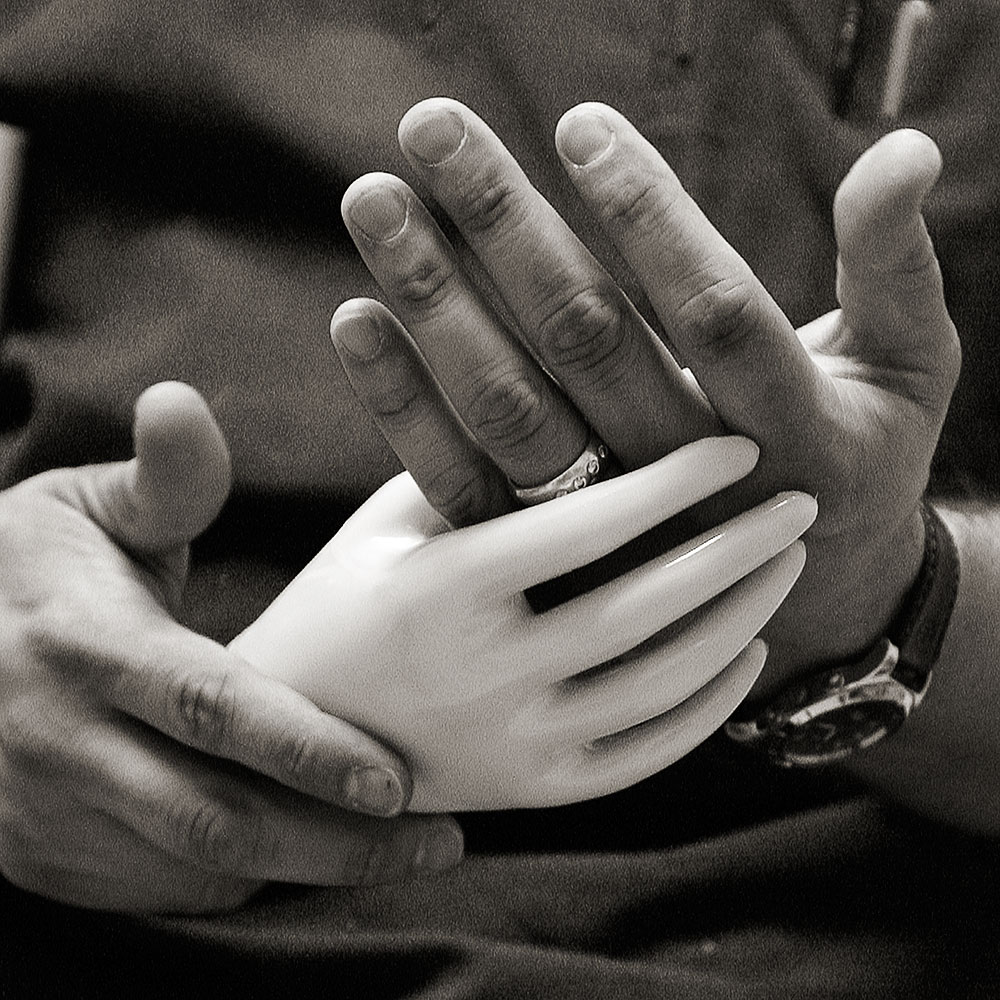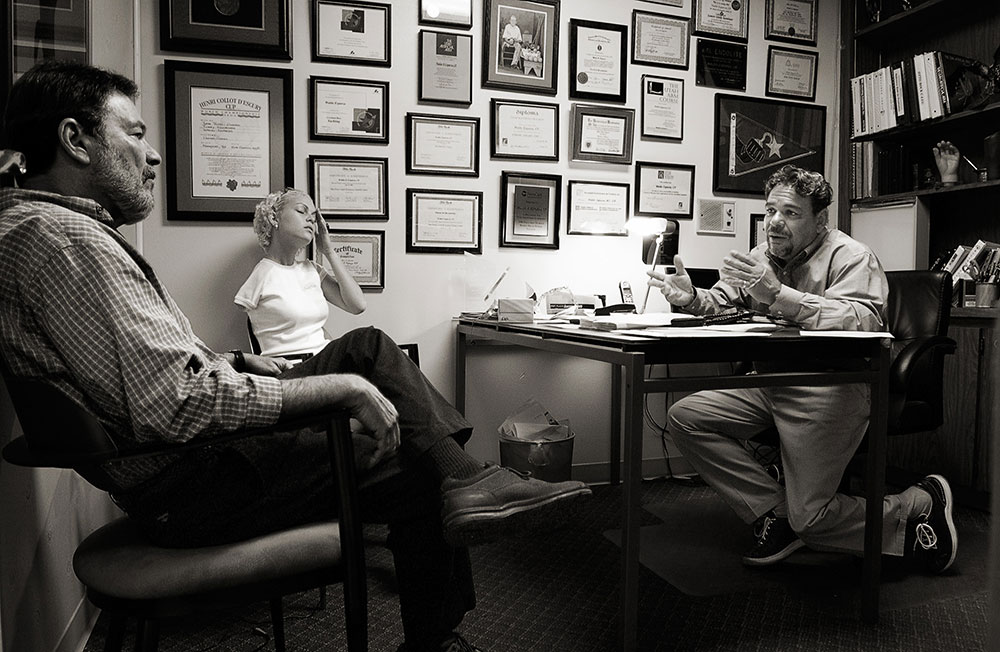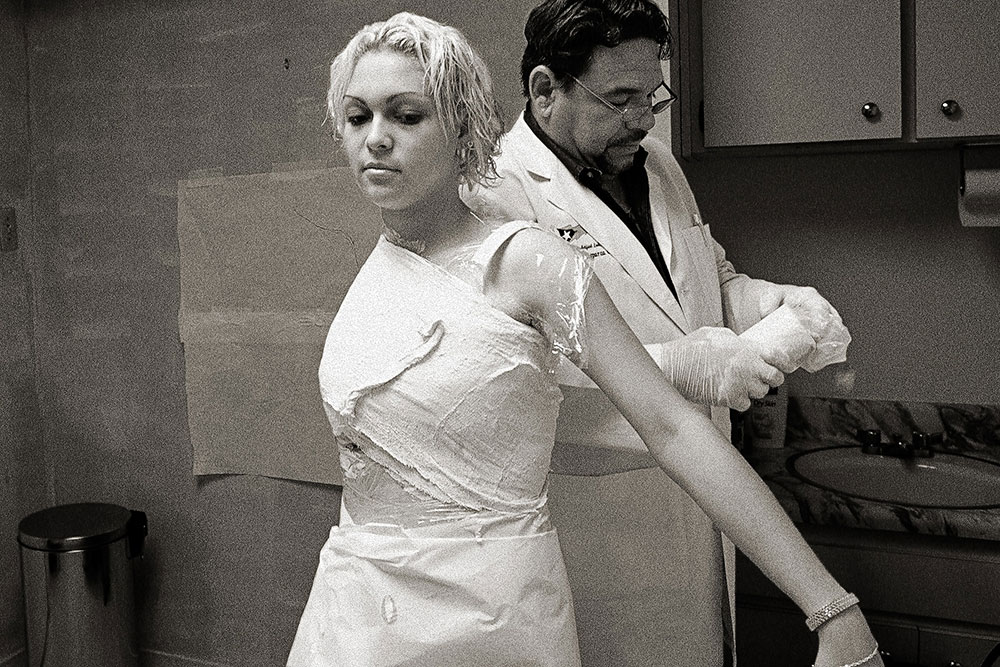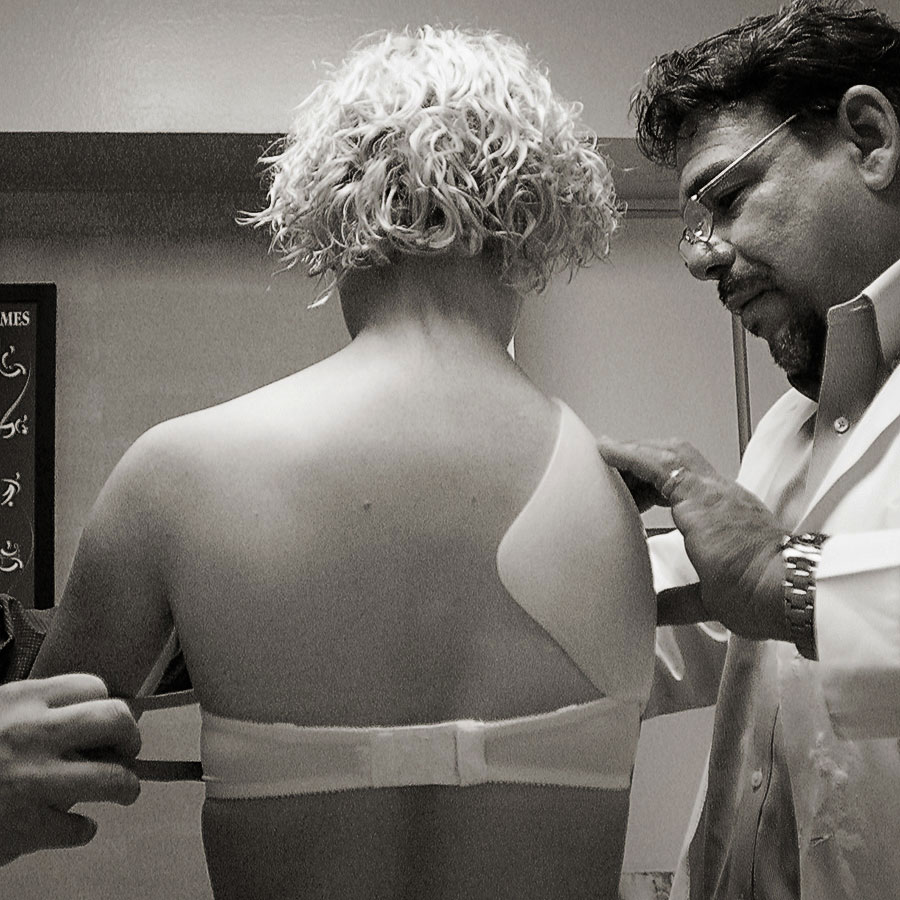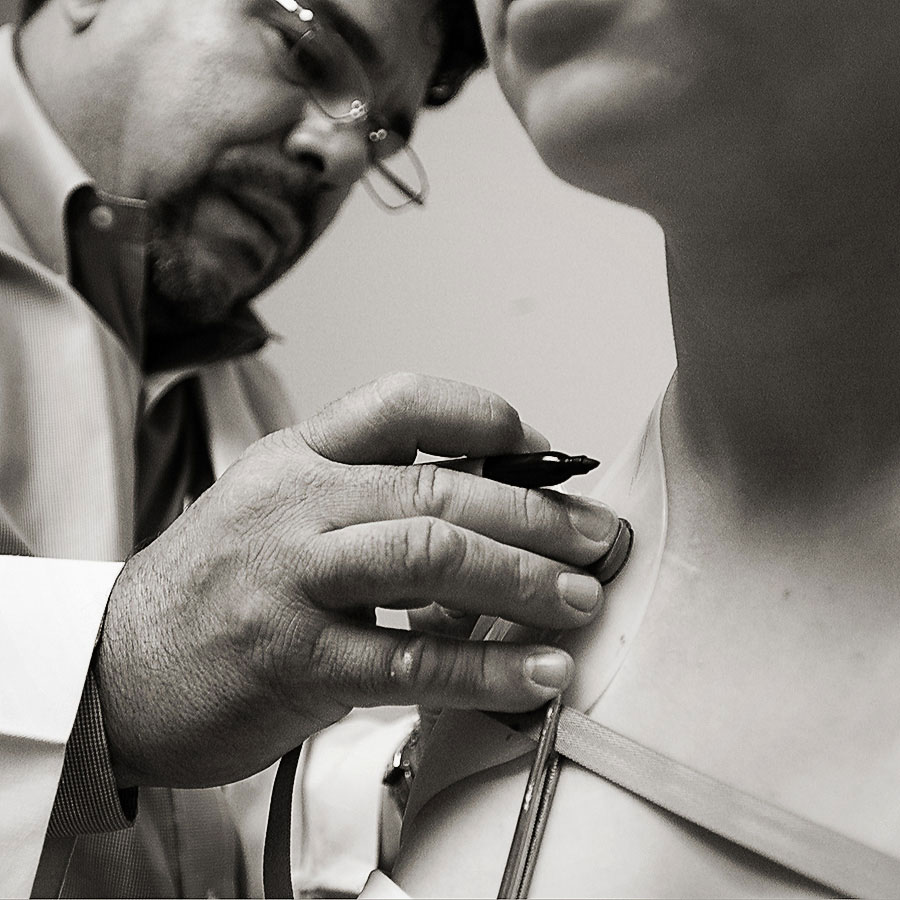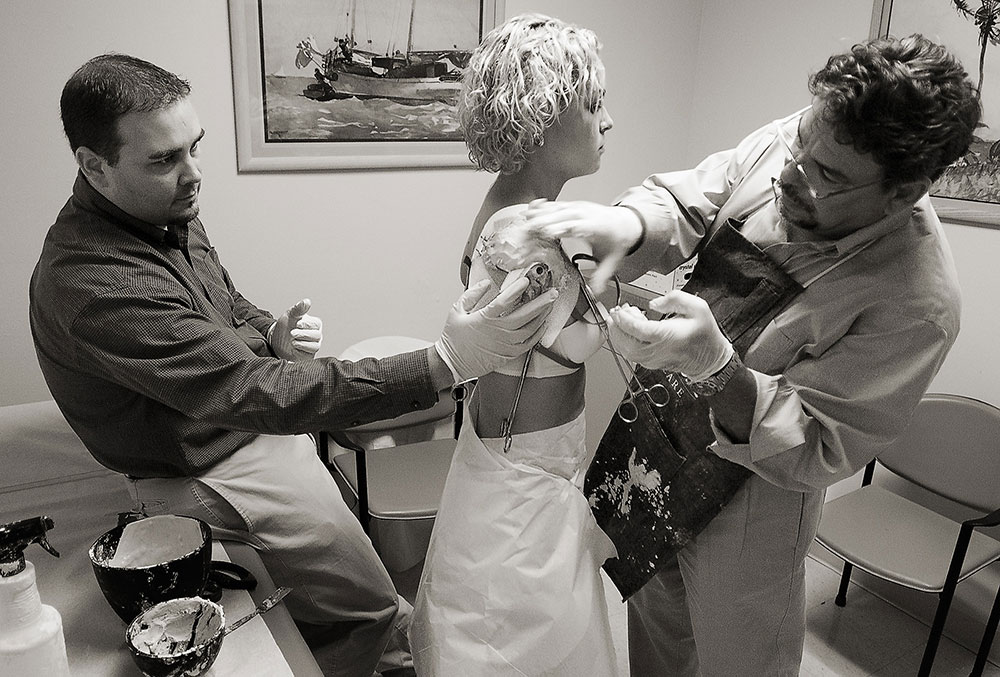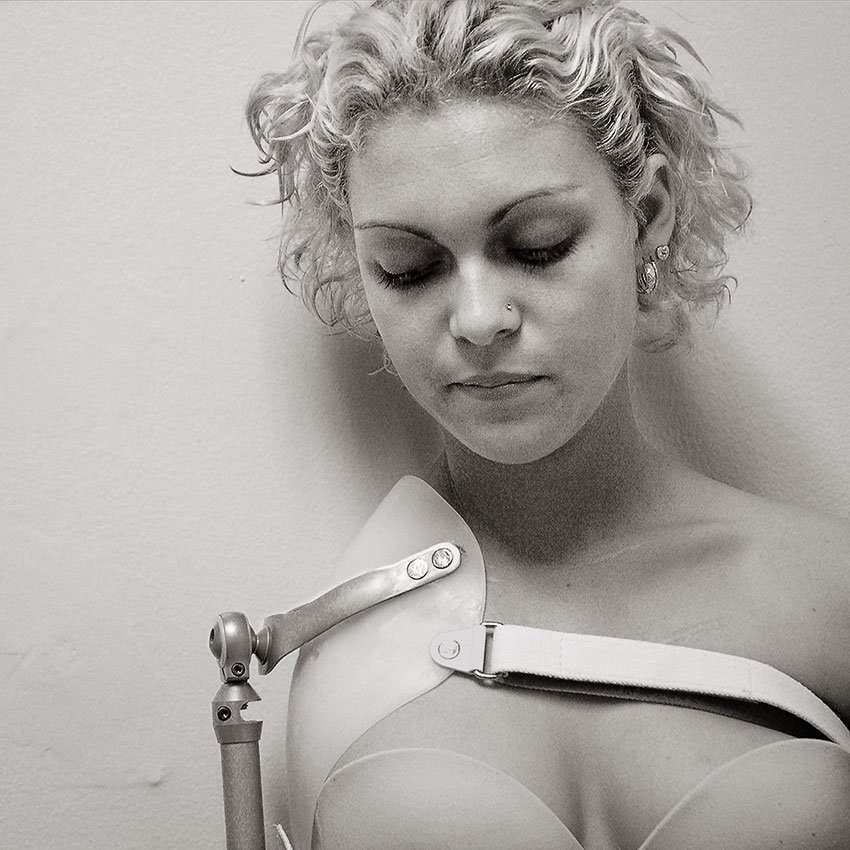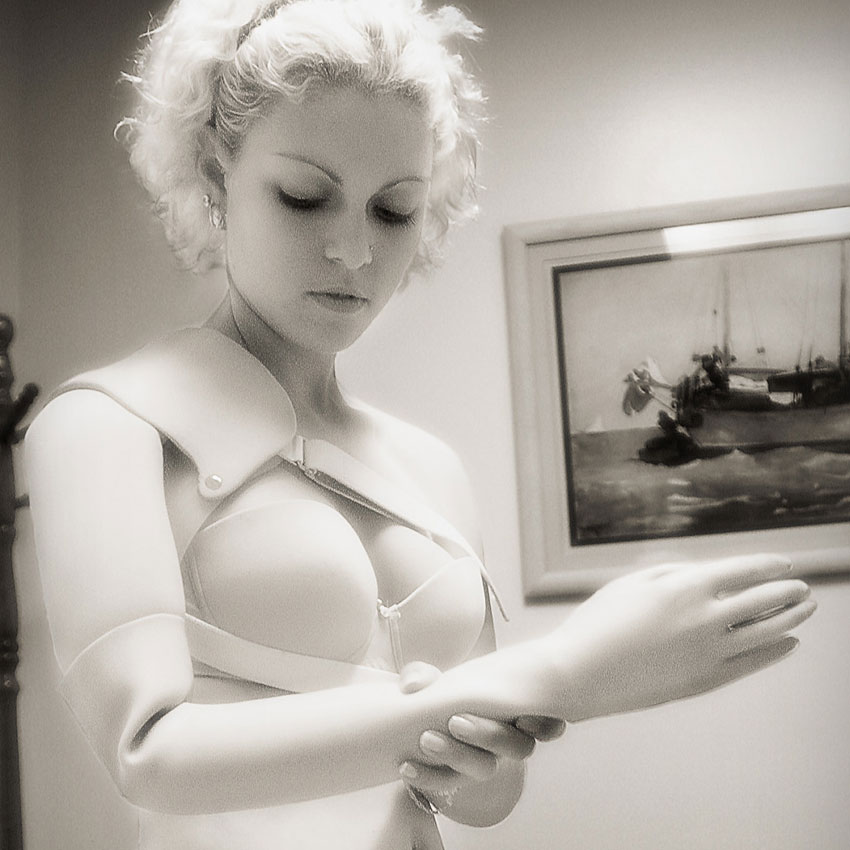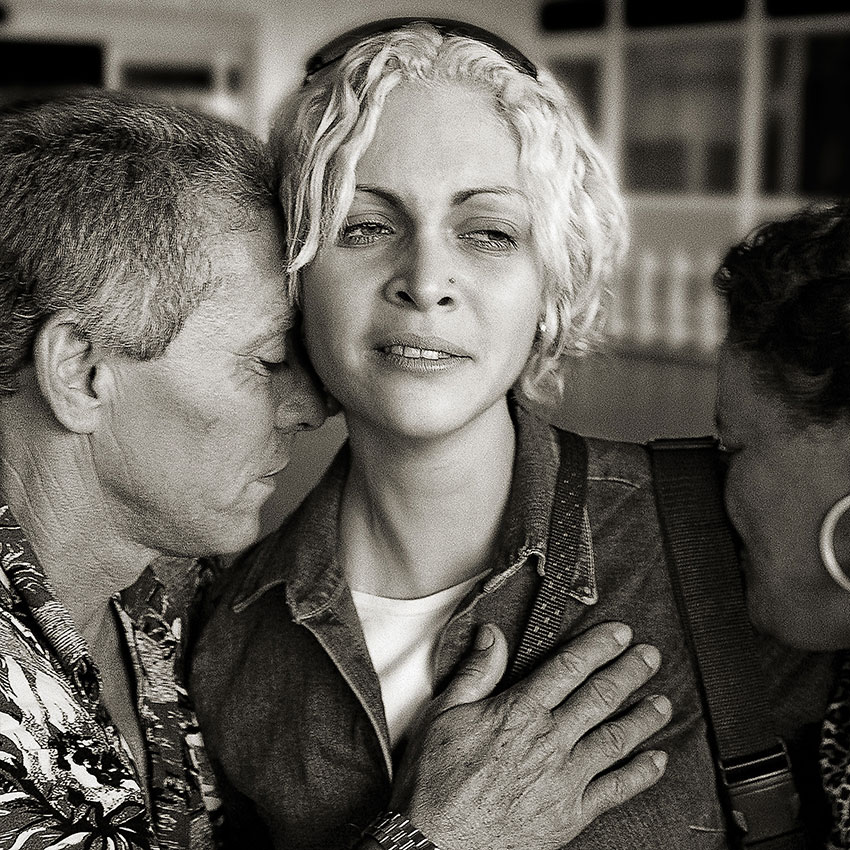An arm for Raysa
Posted by: Ed Foster Jr.
For nearly all of her ninth grade school year, Raysa Fernandez kept her secret.
It wasn’t until she couldn’t brush her curly blonde locks without pain that she knew she had to tell someone. So, the Cuban teenager confided in her mother about the large lump that was growing in her armpit and the pain she was experiencing.
Raysa’s mother took her to the medical clinic in their hometown of Jagüey Grande, about 100 miles southeast of Havana. The doctors there decided not to remove the mass when they observed its deep roots, but took a sample for biopsy purposes. Three months later, with a detour through the hospital in Mantanzas City, the 16–year–old was admitted to Instituto Nacional de Oncologia y Radiobiologia in Havana.
When she was discharged ten months later, she left without her right shoulder and arm. But, before leaving she made many new friends including Carmen Vallejo who operates a support group for youngsters with cancer in Havana. She also gained an inner strength and a solid determination to learn to do everything she did before with her right arm with her left.
Two years later, in April of 2005, Raysa traveled to Tampa, where Arnold Andrews, executive director of Catholic Charities for the Diocese of St. Petersburg made arrangements for the teenager to receive a prosthetic arm. For the second time in one year, Andrews begged and cajoled old friends to raise the necessary funds so that a Cuban child could receive a prosthetic limb.
On May 28, 2005, Raysa returned to Cuba with a new arm and renewed hope.
- Category:

